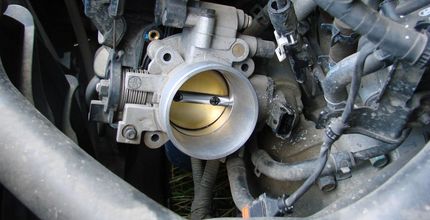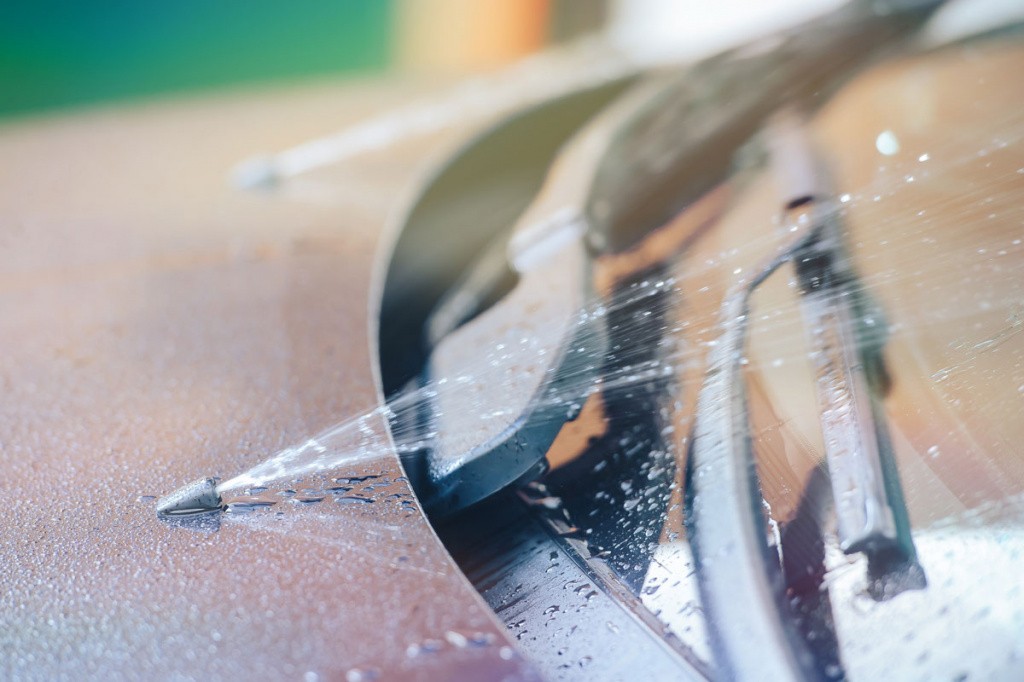
Symptoms of a Faulty or Faulty Throttle Body
Content
Common signs include dirt, soot, and soot on the inside of the case, electrical problems, vacuum leaks, and very poor or high idle.
In modern fuel-injected vehicles, the throttle body is an important part of the air intake system that regulates the amount of air entering the engine. The amount of intake air depends on how hard the driver presses the accelerator pedal to the floor. When you press the pedal, the throttle position sensor receives a signal as to where your foot is, ranging from full up (zero acceleration) to full down (full acceleration). This sensor relays information to the car's main computer, constantly updating throttle position information. The computer knows what to tell the fuel injection system, how much more or less fuel to inject into the system, depending on the position of the pedal.
When this process is properly regulated, the perfect balance of air and fuel is introduced into your car's engine, allowing it to run smoothly and perform at its optimum level. Here are 5 signs of a bad throttle body:
1. Accumulation of dirt
Dirt and grime can accumulate inside the housing, known as coking, and will cause the air-fuel flow to be interrupted. As a result of the lack of a normally smooth surface for fuel and air to flow, this delicate mixture is interrupted by a rough surface that causes an imbalance in the flow. Like dirt and grime, carbon deposits can create an uneven surface inside the walls of the throttle body, which can interfere with the atomization of the air-fuel mixture.
2. Electrical problems
Electrical connection problems can cause inaccurate or intermittent information to be transmitted to the car's computer. As with any electrical connection, connection problems can result in a large number of unpredictable signals being transmitted. In the case of the throttle body (and associated sensor), when this happens, false information is sent to the vehicle's computer, resulting in erroneous air/fuel mixture adjustments. You may notice a transition to "idle" mode where the vehicle's engine power is reduced and throttle response is limited.
3. Airflow disturbances due to vacuum leak or throttle stall.
Vacuum leaks can disrupt air/fuel flow due to unbalanced airflow, which can cause throttle body pressure issues. The problem could also be an incorrectly adjusted throttle stop. This is the component that acts as a gatekeeper and sets the minimum or maximum position for opening or closing the throttle body plate. An incorrectly adjusted stopper would not allow the right amount of air and fuel to enter.
4. Poor or high idle
When the throttle body is not working properly, some noticeable performance may be poor or very low at idle. This can include stalling at a stop, or very low idle after starting, or even stalling when the throttle is pressed rapidly, causing the throttle body plate to open and close very quickly.
In the event of a large vacuum leak, you may experience very high idle because there is too much air entering the intake system. All of these symptoms will contribute to poor engine performance and, as a result, check engine lights will come on.
5. Check engine light
The Check Engine Light can indicate many problems in a vehicle, including a bad throttle body. In more modern vehicles, the Electronic Throttle Control (ETC) constantly monitors the operation of the throttle body. Any problem found with it will turn on the check engine light.
As part of regular service intervals, turn on the air intake and flush the fuel injection system to remove carbon deposits and dirt. You will need a qualified mechanic to disable the check engine light. This will involve scanning your vehicle's computer system for trouble codes to indicate problems with your fuel injection system and, in particular, throttle body components. This will give the mechanic an indicator of what to check and how to fix problems.
